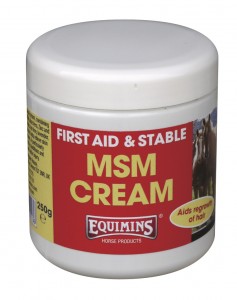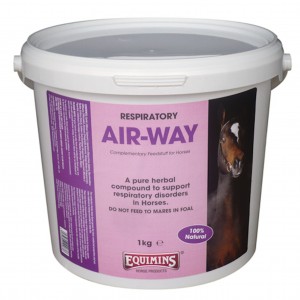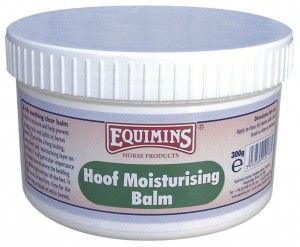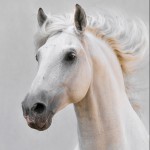Preventing winter ailments
We don’t like to be the bringers of bad news, but winter is coming, whatever we try and do to ignore it! The weather is nice at the moment and we should be taking advantage of this as it’s giving us all a great opportunity to get prepared for winter, especially when it comes to preventing winter ailments. We’re not saying that all winter ailments can be avoided, and making provision for everything that could go wrong isn’t really necessary and could be very expensive, so we aren’t suggesting that either. What we are suggesting is that looking at your horse’s history, highlighting winter ailments he usually suffers from and making changes now could help make your winter (and his) a lot nicer. In this blog, we’re looking at three main areas: skin, respiratory and hooves.
Skin
When we think of winter skin, mud fever springs to mind, and whilst this might be the one that gets talked about the most, not all horses get it. Mud fever is caused by a bacteria in the mud, so it’s not just a case of wet legs = mud fever. However, if you want to keep skin in good condition generally or your horse has suffered with mud fever and other winter skin conditions previously, now is the time to prepare. Here are our tips…
- Make sure your horse has somewhere dry to stand in the field…standing in mud all day is not good.
- Use this time to firm up your gateways and around water troughs to prevent excessive mud- hard core can work wonders and if you do it when it’s dry, it’s not such hard work!
- If you horse suffers with conditions such as rain scald, consider investing in a rug, even if it’s a no fill lightweight to help keep him
 covered.
covered. - Look at ways to improve skin quality now. Some supplements can help, like our Mud Block Supplement, and feeding before you have an issue if your horse has a predisposition could be a good idea.
- Invest in an antibacterial, antifungal leg wash for use after a day in the field. Winter Leg Scrub is a good one and it doesn’t need rinsing, so you won’t use lots of water and get your horse’s legs too wet.
- If you want to keep mud away from your horse’s legs in the field, opt for a cream or lotion designed for the job, or you could invest in turnout socks.
- Make sure you first aid kit is well stocked. Cuts and nicks are harder to keep clean when the mud is around so fast treatment is important. Wound Gel contains silver ions to help keep bacteria at bay and MSM Cream can also be used as a mud block…make sure you’re prepared.
- If your horse has a skin issue that isn’t improving call your vet…mud and wet can make a problem much worse.
Respiratory
Respiratory issues tend to show themselves during the winter because horses spend more time indoors, in their stables. Dust can cause respiratory problems as can spores found in hay and even the ammonia in urine. Equally, if your horse is stabled in the same area as other horses, any dust, coughs and colds can spread fast. Here are our tips to help prevent respiratory ailments…
- Make sure you give your stable a good spring clean before the horse comes in- get rid of any dust and dirt and things that gather it like rugs on a rack.
- Choose a dust free or virtually dust free bedding.
- Ensure your hay is good quality and not mouldy- dusty, mouldy hay can cause really big problems. Also consider soaking or steaming hay or look at options like haylage if your horse has a sensitive respiratory system.
- Explore the idea of feeding your hay/haylage from the floor.
- Ensure your horse gets time outside each day, it’s good for his mind and general well being too.

- Remove your horse from the stable when you muck out…even in the depths of winter you could use a spare stable, tie him further up the yard or put him into the arena if turnout is not available.
- Get rid of the ammonia. Using Stable Fresh can remove ammonia from the horse’s stable and it’s antibacterial, antiviral and antifungal too.
- If your horse needs additional respiratory support, consider using a supplement before there’s an issue. Air-Way offers herbal help and is very economical to feed.
- If your horse develops a respiratory issue, it’s always best to call the vet
Hooves
Hooves are porous and can take on extra water when they spend time exposed to wet fields, but can also become dry due to a horse’s bedding! Here are our tips…
- Using a daily hoof dressing, like a balm or grease, can help to maintain moisture levels and keep hooves in good condition. Some of these, like our Hoof Moisturising Balm, help to moisturise while adding a waterproof layer- it’s a good idea to start using a product like this before you have a problem.

- Regularly pick out feet and check for signs of hoof infection. Horses spending time stood in muck can cause smelly frogs and soles. Urine isn’t good for hooves either, so it’s important to keep them clean and healthy. Using a disinfectant like our Hoof Disinfectant can be great as part of a routine and if a problem exists. If you know your horse had issues last winter, it might be worth looking to start using a disinfectant now.
- Keep your horse’s bed clean. It sounds obvious, but keeping the environment as clean and hygienic as possible is really important when it comes to hoof health. If your horse is messy, now’s the time to explore other bedding products that might work better with your situation.
- If you’re worried about your horse’s hooves, you should speak to your farrier.
If you need any additional help when it comes to helping to prevent winter ailments, just contact us and we’ll do our best to help you.

 Equimins specialises in producing natural horse supplies, products and supplements for the major areas associated with caring for a horse. All products are proudly made in the UK and excellent specification quality products are of paramount importance. Using this blog we want to share some of the knowledge we have gained through nearly 30 years of experience.
Equimins specialises in producing natural horse supplies, products and supplements for the major areas associated with caring for a horse. All products are proudly made in the UK and excellent specification quality products are of paramount importance. Using this blog we want to share some of the knowledge we have gained through nearly 30 years of experience. 


